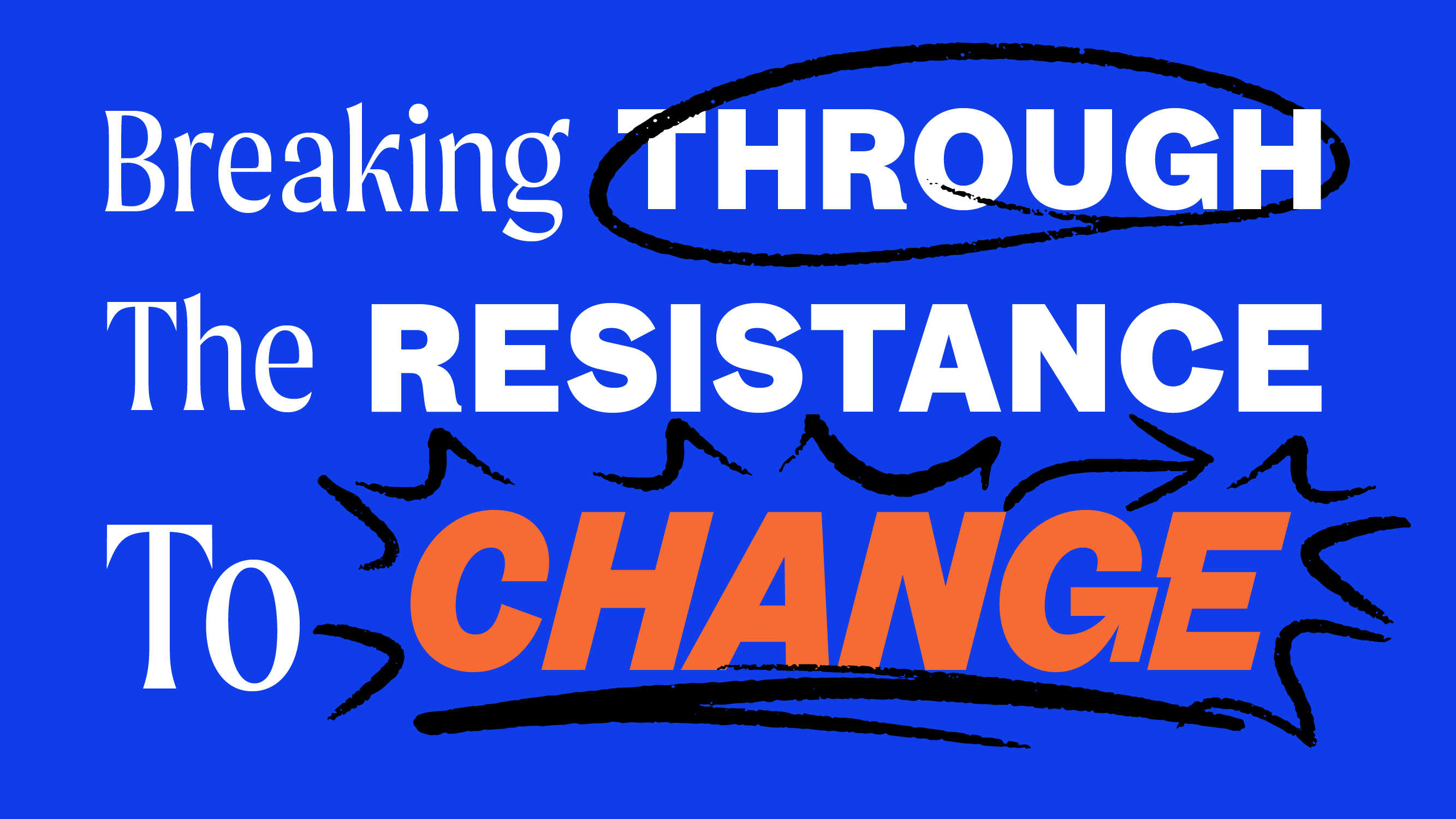5 Ways to Stay Ahead of the Competition and On Top of Diet Trends in Package Design
New diets come and go, but they can have a large effect on your brand. It’s hard to know when to jump into a food fad and when to stand pat, because your market share could suffer if you make the wrong decision. The Atkins diet, the South Beach diet, the juice diet, and the new Paleo diet all have foods to eat and foods to avoid, whereas diets like Weight Watchers, which limit portion sizes while touting the freedom to eat whatever you want, have a less severe impact on food brands.The Paleo diet, in a recent New York Times article [link], is defined as “a nutritional regimen centered around pasture-raised meat, eggs, fresh fruit and vegetables, and nuts, in the spirit of our cave-dwelling forebears.“ Yet the article claims that there’s more to it than food; there’s a “Paleo lifestyle” that advocates living according to ancestral precedents, with health mandates, a restricted diet, sleep cycle regulation, exercise routines, and use of barebones natural hygiene products. That’s an entire market of products and services that users of the “most-searched diet in 2013” (according to Google Trends) will buy into.However, you don’t want to put all your eggs in one basket. Making a Paleo product, with a new package design, might win big sales right now, but when the Paleo rage dies down, you’ll be left in a niche industry. Here are some tips that might help you determine what to do when a new trend comes along:1) It’s not worth changing a successful product if there’s nothing you can do to appeal to the newest diet trend. You still have brand loyalty, and there’s no way your crackers or cookies will appeal to Paleo dieters.2) Think smart: a lot of people don’t stick to a diet religiously, and they crave what they can’t have. An appealing product that is healthier than the competition might lessen the guilt of cheating on a diet.3) Expand your brand by making products that conform to the newest diet trend. However, making a niche product may not be cost-effective, especially for a diet that is against processed foods or has a short lifespan.4) Consider what you already have. If your product meets current trend requirements, all you have to do to pick up extra sales is design a package with a claim that shows you are diet-friendly, much like the stickers brands are using to indicate they are non-GMO or organic.5) Consider a change. If your product would need just a bit of tweaking to appeal to dieters, it might be worth the cost to capitalize on the trend.And finally…Do the best that you can. There are plenty of people who don’t diet, many of whom are perfectly healthy without getting into every new craze. A healthy, natural, tasty, well-marketed, well-packaged product has nothing to fear. Diets come and go, but good brands do not. If you’re worried about today’s sales, improving on what you can, even if it has nothing to do with the Paleo diet or the next diet on the horizon, will benefit you the most.Interact on Shelf is a design firm that works exclusively with grocery brands.What makes us different is that we study consumer culture, design trends, industry innovation and many other dynamics that shape opportunities for your brand in order to create iconic work that’s designed to sell in a retail environment.If you think you could benefit from partnering with a young, energetic bunch like us, you know what to do. Contact us!By Blake Mitchell


